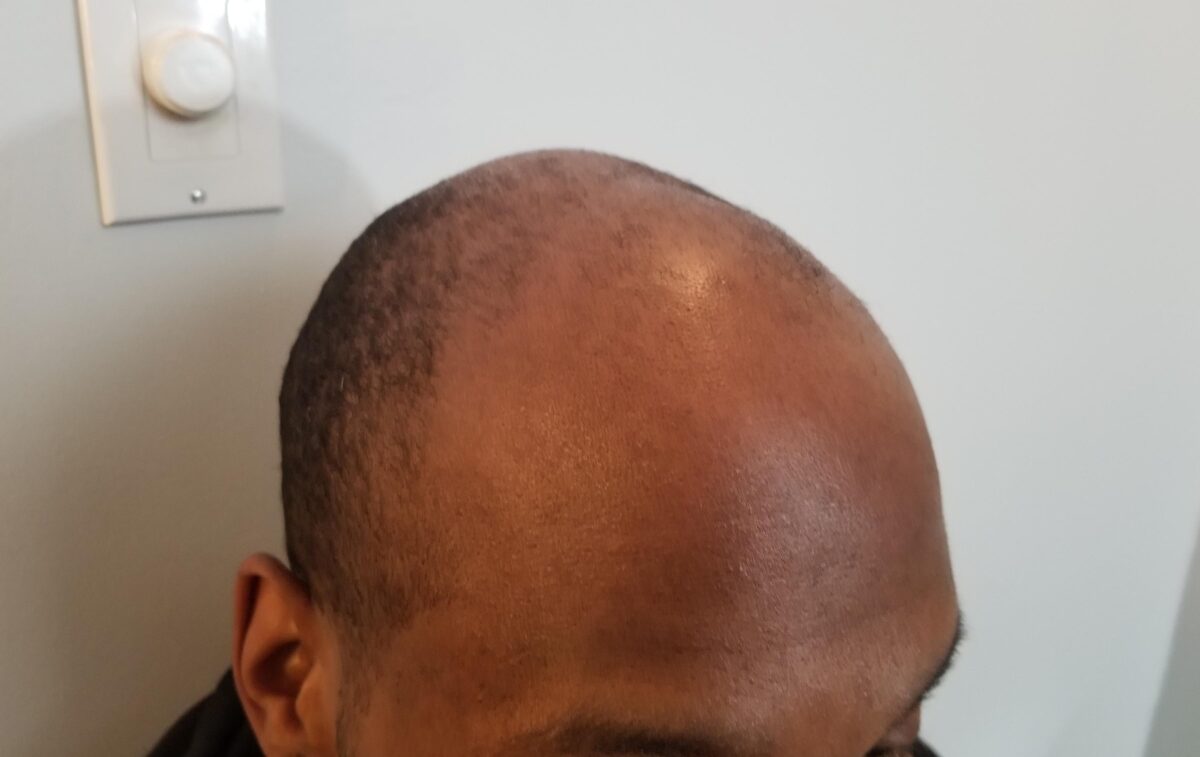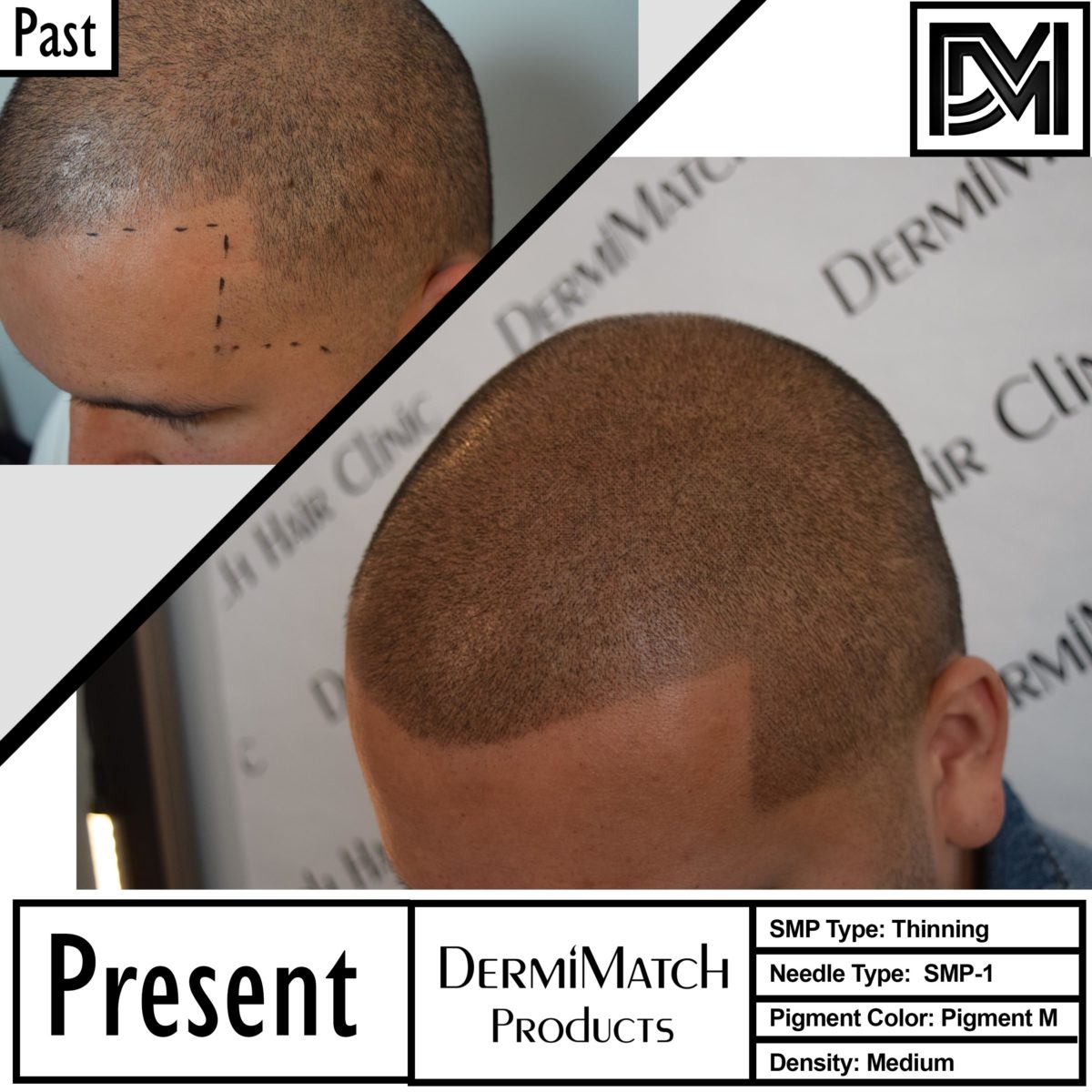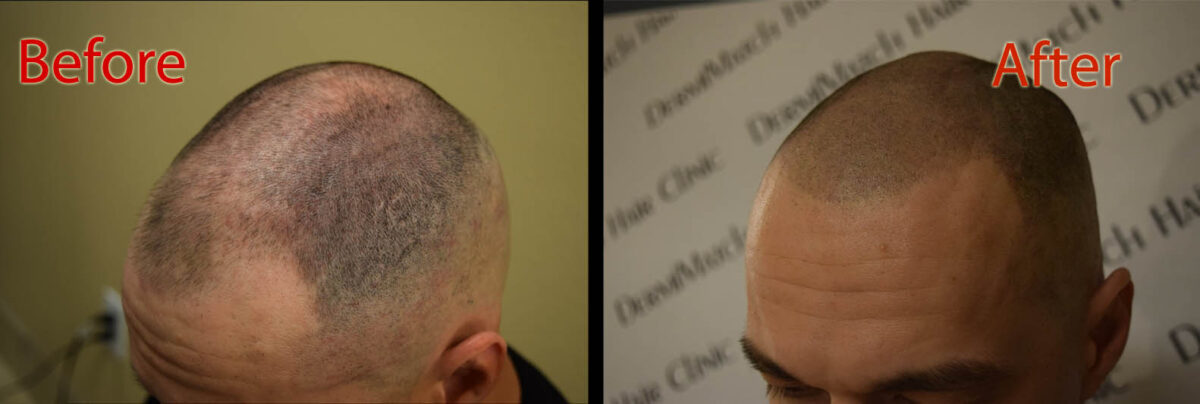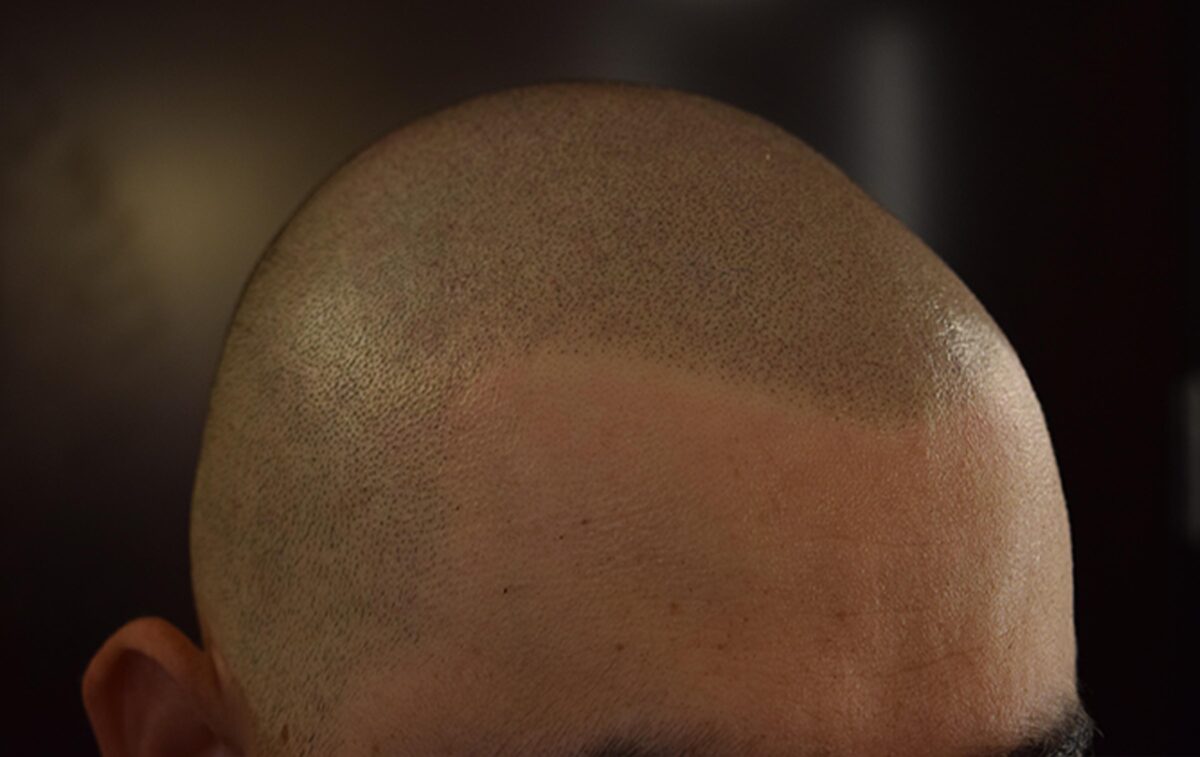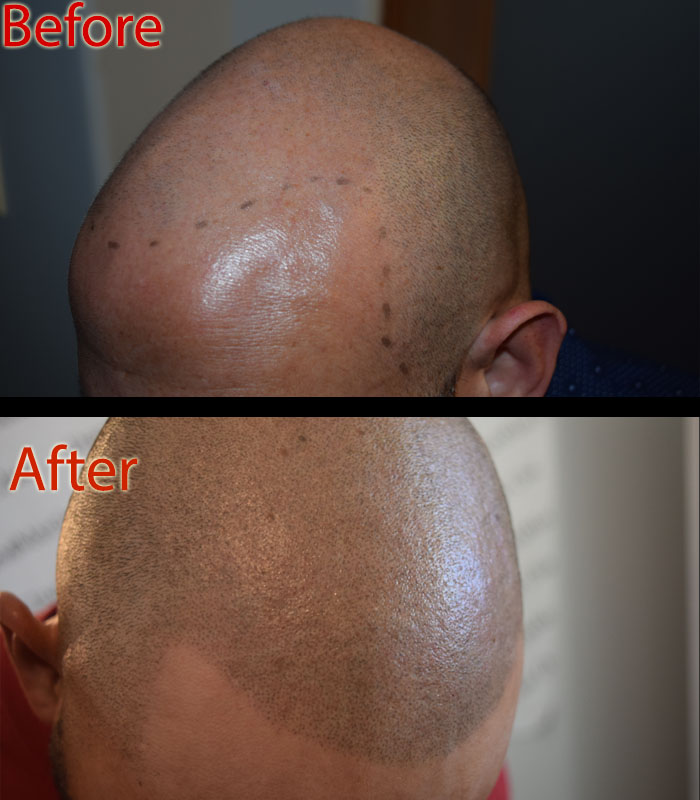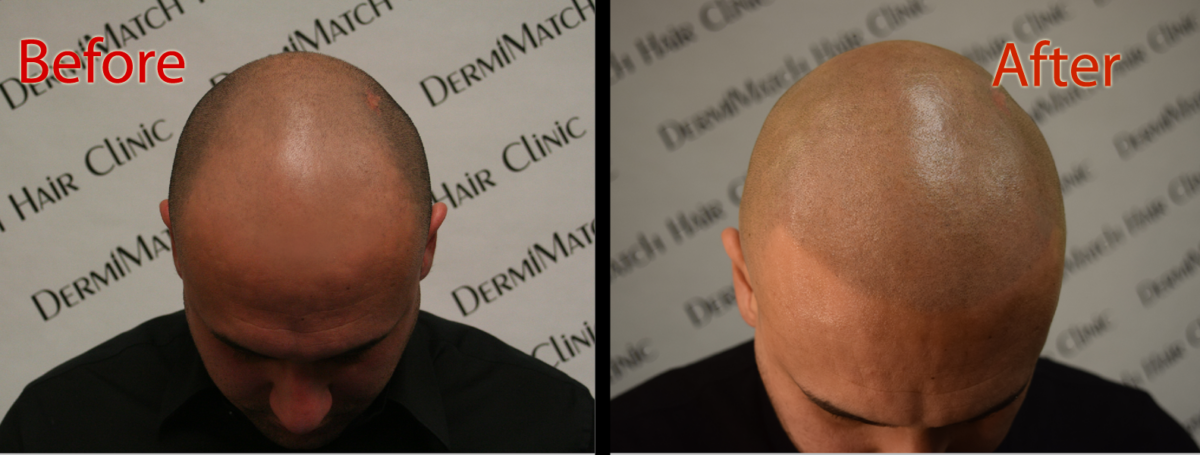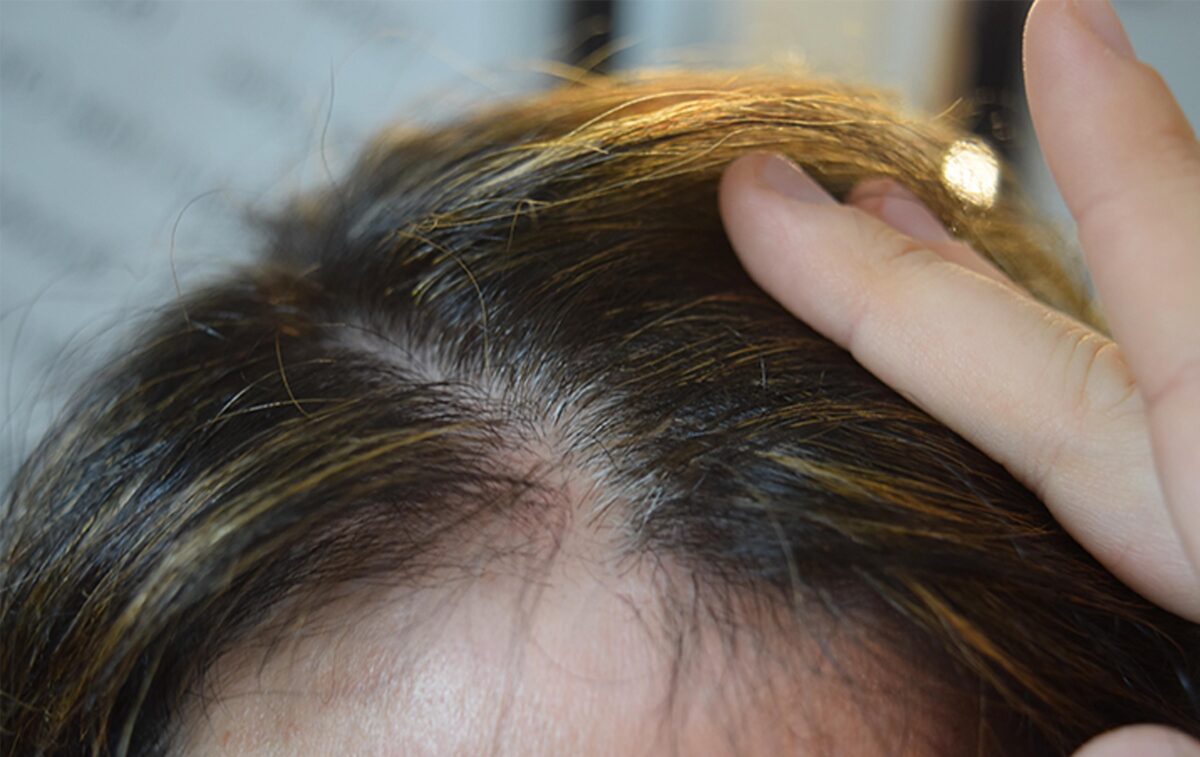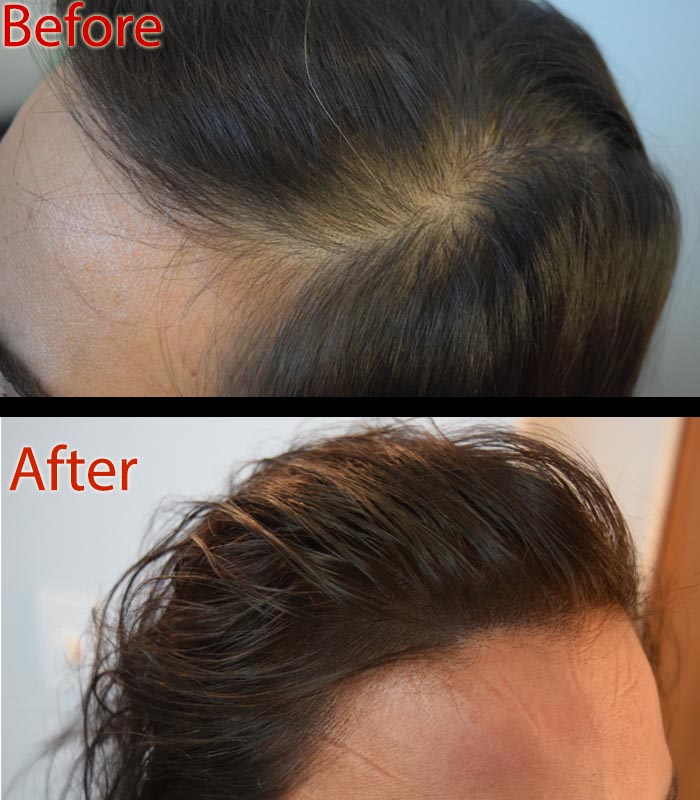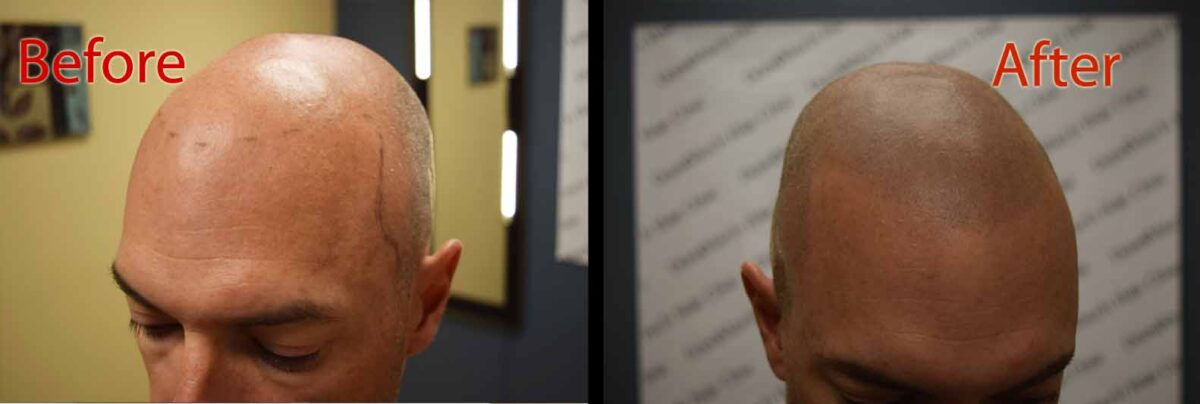Flax seeds, often hailed as a nutritional powerhouse, have garnered significant attention for their potential role in promoting hair growth. Rich in essential nutrients, these tiny seeds offer a promising avenue for improving hair health. However, it’s crucial to understand if flax seeds for hair growth work on all occasions.
The Science Behind Flax Seeds for Hair Growth
While direct scientific research specifically linking flax seeds to accelerated hair growth is limited, the presence of key nutrients within them provides a compelling rationale for their potential benefits.
- Omega-3 Fatty Acids: These unsaturated fats are essential for overall health, including hair health. Studies have shown that omega-3 deficiency can contribute to hair loss and scalp conditions. By incorporating flax seeds into the diet, individuals can increase their intake of these beneficial fatty acids.
- Vitamin E: This antioxidant plays a crucial role in protecting the scalp and hair from oxidative damage caused by free radicals. Free radicals can contribute to hair thinning and breakage. Flax seeds are a good source of vitamin E, potentially supporting hair health.
- Lignans: These plant compounds possess antioxidant properties, which may help protect the scalp from inflammation and oxidative stress. A healthy scalp environment is essential for optimal hair growth.
It’s important to note that while flax seeds offer a nutritional foundation, they are not a magic bullet for hair growth. Hair growth is a complex process influenced by various factors, including genetics, hormones, diet, and overall health.
Incorporating Flax Seeds into Your Diet
To maximize the potential benefits of flax seeds for hair health, consider the following:
Ground flax seeds: Grinding flax seeds releases their nutrients more effectively. They can be added to smoothies, yogurt, or baked goods.
Flaxseed oil: This concentrated form of flax seeds delivers a high dose of omega-3 fatty acids. However, it should be stored properly to prevent oxidation.
Flaxseed gel: Made by boiling flax seeds, this gel can be applied directly to the scalp as a scalp mask.
While flax seeds can be a valuable addition to a hair-healthy diet, it’s essential to maintain a balanced approach. A diverse diet rich in vitamins, minerals, and protein is crucial for overall hair health.
Scalp Micropigmentation: A Direct Solution to Hair Loss
While flax seeds offer potential benefits for hair health, they are not a guaranteed solution to scalp problems loss. For individuals experiencing significant hair loss, scalp micropigmentation (SMP) provides a more immediate and visually effective approach.
SMP involves the application of pigment to the scalp to mimic the appearance of hair follicles, creating a natural-looking hairline or filling in thinning areas. Unlike dietary supplements, SMP offers a direct and customizable solution to hair loss, providing a boost in confidence for many individuals.
While flax seeds can contribute to overall scalp health, scalp micropigmentation presents a more direct and visible solution for those seeking to address hair loss effectively.
Get in touch with Arizona SMP experts today. The best scalp experts in Arizona are available for consultation at DermiMatch Clinic. Get help today.

